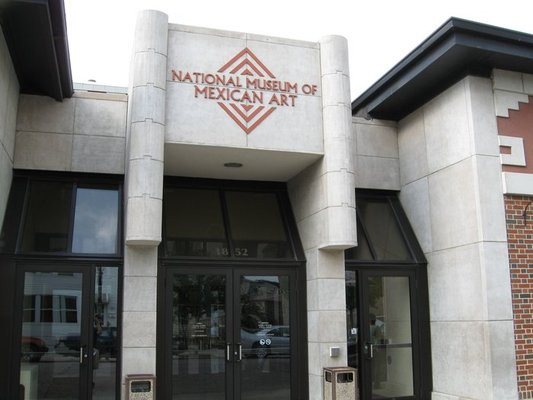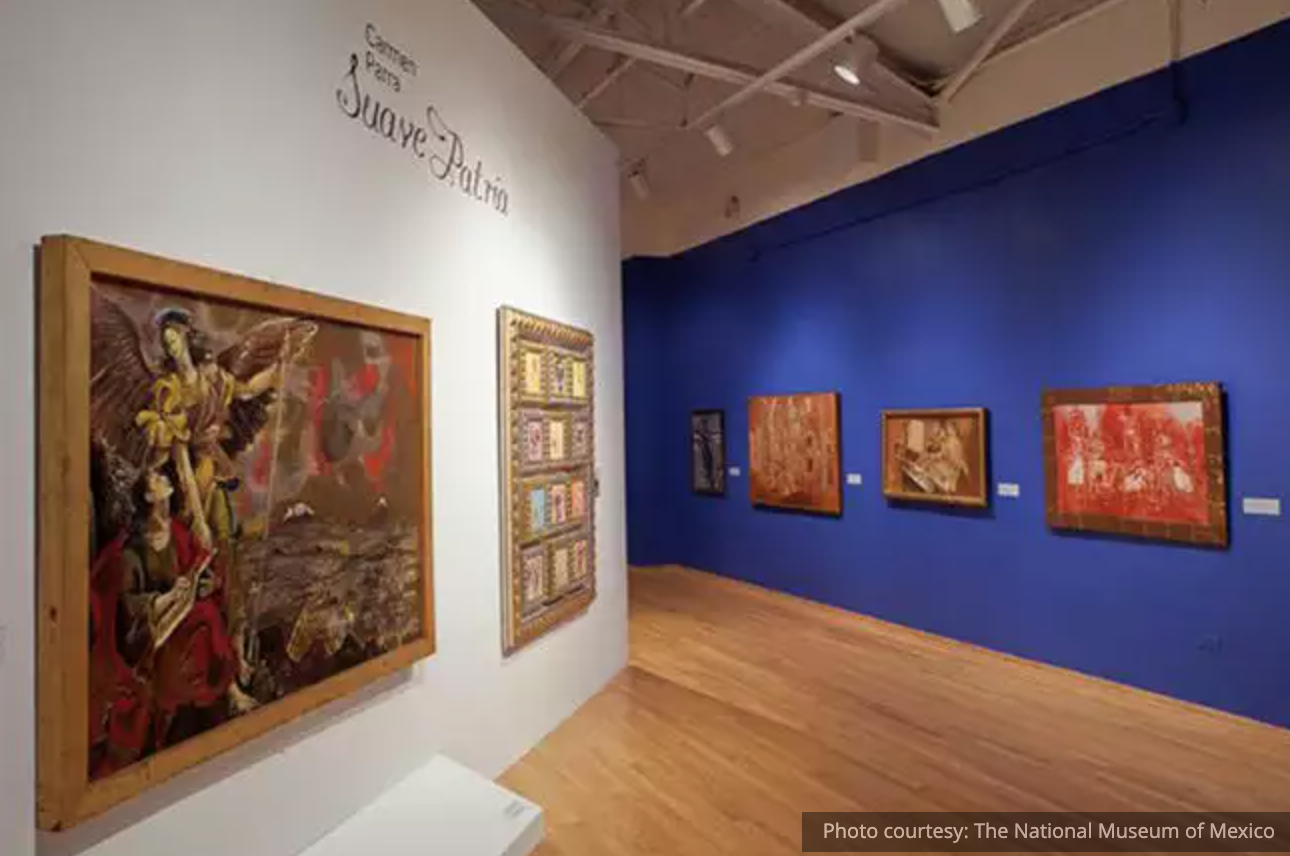

He taught that a composition required two separate elements. For me, this is where the work becomes interesting and these works can be found in the first floor.Įugenio Landesio (1810 – 79) was an Italian-born painter who significantly influenced Mexican art. It was not until after the War of Independence that a true Mexican identity in painting began to develop in the latter part of the nineteenth century, a unique style of landscapes was solidified.


Unfortunately, the Academy of the Noble Arts of San Carlos imported European teachers, who not only promoted styles and themes firmly established in Europe, they also gave preference to foreign born artists. The most important element of this exhibit is that on Christmas Day of 1783, King Charles III of Spain issued a “Royal Card” establishing the first school dedicated to training artists in the Americas. It is in this section that we begin to see more Mexican painters, and much of the work seeks to establish a Mexican identity, although still driven by European ideas and techniques. The historical paintings range from scenes of pre-Hispanic life or Columbus and colonial activities, to portrayals of Mexican customs and ceremonies, along with early landscapes (volcanoes make several appearances). The first artist of Mexican descent who appears in MUNAL’s collection is Luis Juárez (1585 – 1639), who emulated the work of Baltasar Echave de Orio, a Basque painter who had come to Mexico Juárez’s painting of Christ praying in the garden of Gethsemane (La oración en el huerto, no date) is considered one of his best works. Most of the religious works are by European painters (Flemish, Spanish, Italian) brought over to fill new Christian cathedrals and churches with religious paintings, murals, and screens. The first shows predominantly religious works that represent the adoption of the styles and subjects current in European painting, while the second aspect is the museum’s collection of paintings done after the Mexican War of Independence (1810 – 21) that depict the creation of the Mexican state. The exhibit begins on the second floor with art of the sixteenth-century colonial era.

The staff do not speak much English, but with signage in both Spanish and English, you should have no trouble understanding the significance of each display. The permanent collection of over 3000 pieces takes you on a unique journey through Mexico’s history of art. It’s easy to spot, with an enormous equestrian statue of King Charles IV of Spain out in front. Mexico City has numerous museums and galleries, so if you are passing through on your way to the coast, why not stop to explore this treasure-trove of art and culture? The centrally located Museo Nacional de Arte (National Museum of Art), now called MUNAL, can easily be incorporated into your itinerary.


 0 kommentar(er)
0 kommentar(er)
